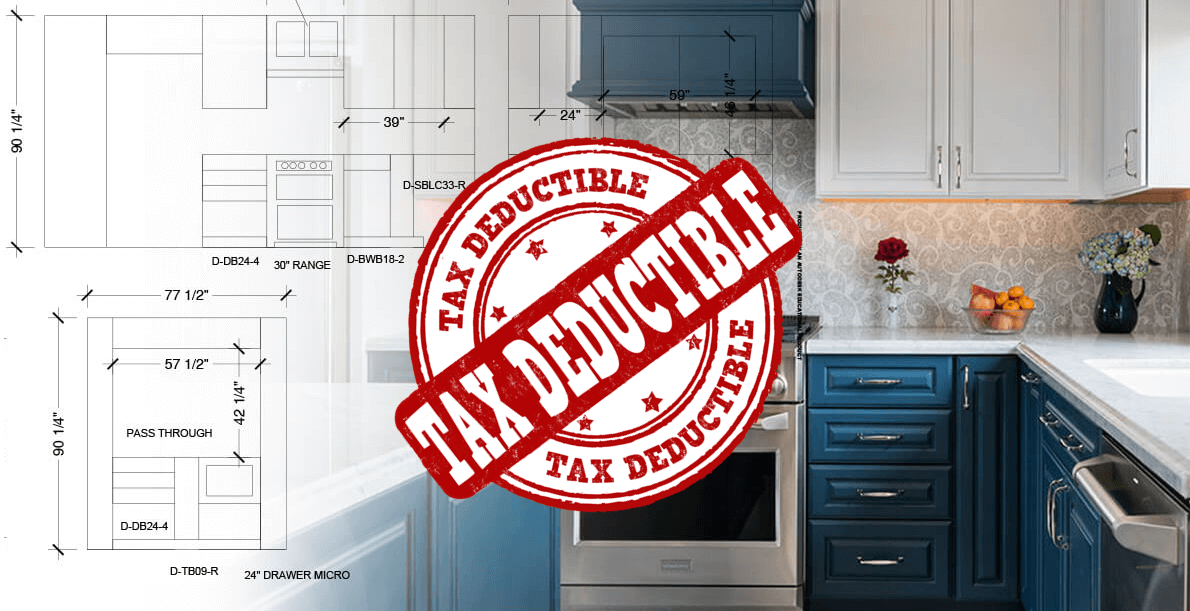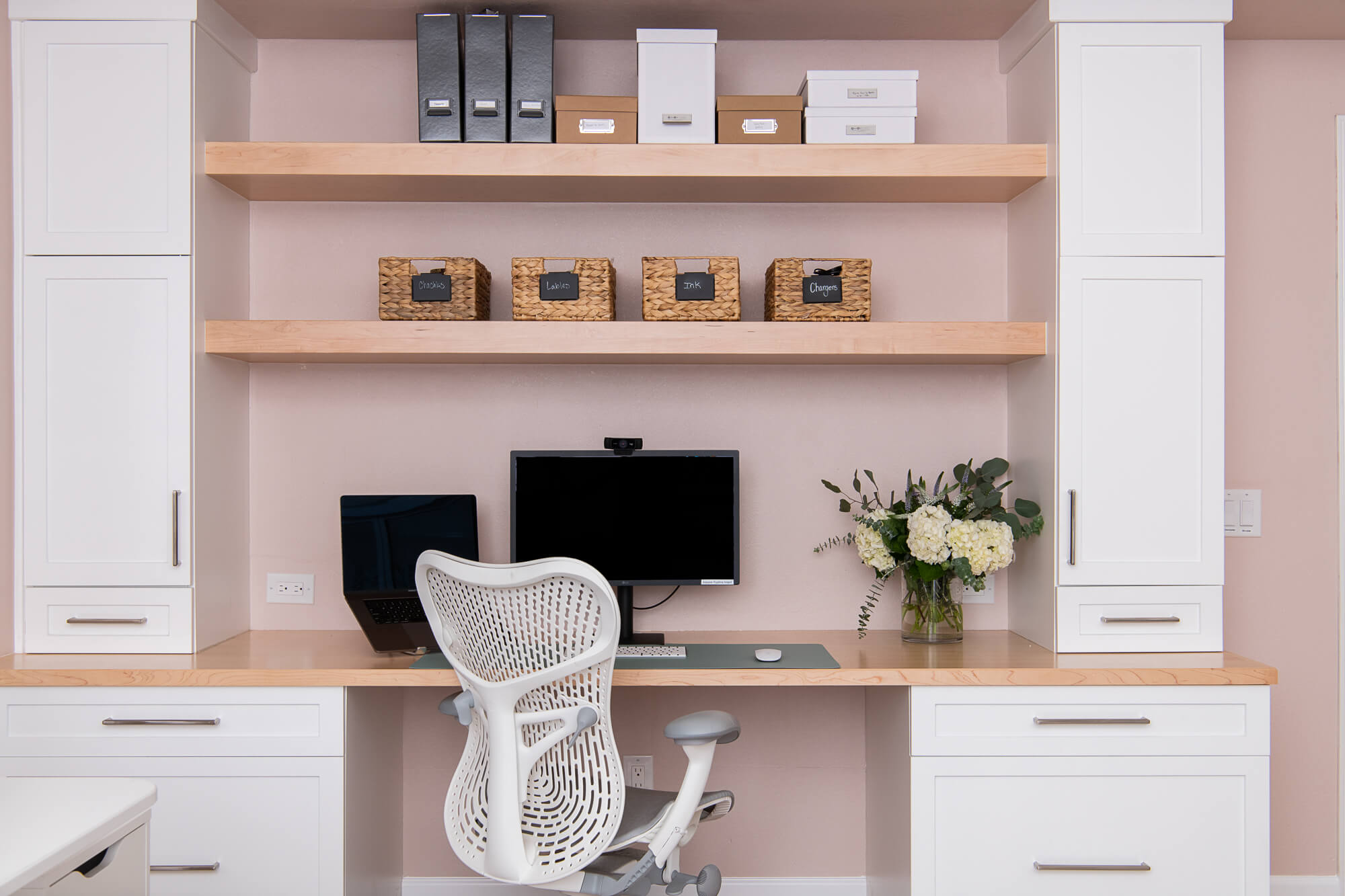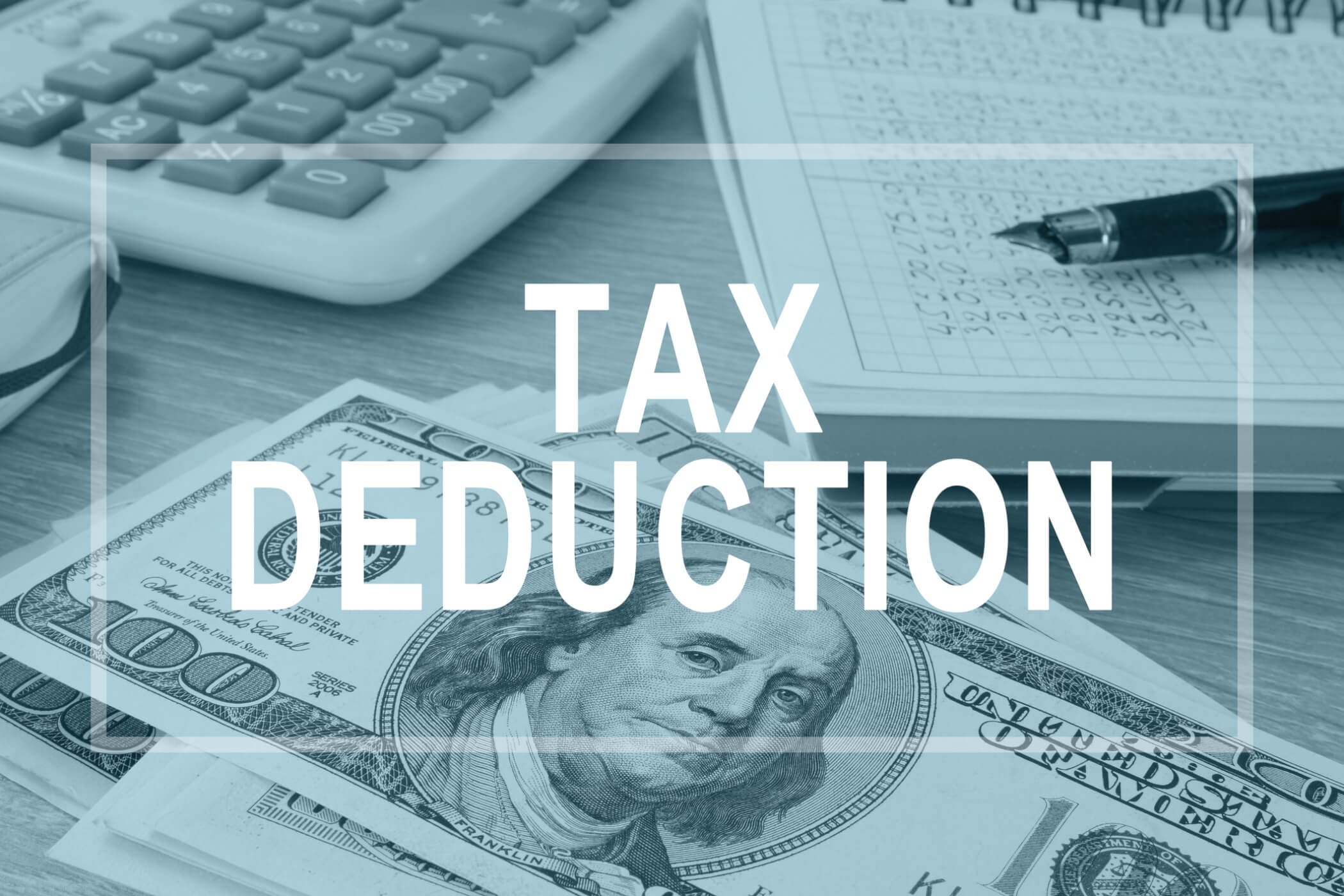
If you plan to renovate your home in 2025, you might wonder whether home improvements are tax deductible. After all, remodeling projects can be expensive, so finding ways to reduce the expense is always a good idea.
The short answer? Some home improvements may qualify for tax benefits. But not all. So, the best way is to know which upgrades can help reduce your tax bill and which will not.
That’s the purpose of this guide. We break down what you need to know so you can make good financial decisions while upgrading your home.
However, before discussing which home improvements qualify for tax benefits, let’s clarify an important distinction.
Tax Deductions and Tax Credits: Is There a Difference?

Tax deductions lower your taxable income, allowing you to pay taxes on a smaller amount. Tax credits, on the other hand, reduce your tax bill dollar for dollar.
For example, if you spend $10,000 on a home improvement that qualifies as a deduction and you’re within the 22% tax bracket, your taxable income will decrease by $10,000, potentially saving you about $2,200 in taxes. If that same improvement qualifies for a tax credit, you’d get a full $10,000 back on your tax return.
What Home Improvements Are Tax Deductible in 2025?
Not every home improvement project qualifies for a tax break. But some specific types do. These include:
1. Energy-Efficient Upgrades
If you make eco-friendly upgrades, you could qualify for federal tax credits. The government encourages homeowners to use sustainable energy, so you may be eligible for tax benefits if you install:
- Solar panels
- Energy-efficient windows and doors
- A high-efficiency heating and cooling (HVAC) system
- Geothermal heat pumps
In 2025, the Residential Clean Energy Credit can care for up to 30% of the cost of solar energy systems, while the Energy Efficient Home Improvement Credit can provide up to $1,200 for qualifying upgrades.
2. Home Office Renovations

If you work from home, you may be able to deduct the cost of certain home office improvements. But there are strict IRS rules:
- You must use the space exclusively for work.
- You can only deduct the portion of your home that’s used for business.
For example, if your home office takes up 10% of your house, you might be able to deduct 10% of the costs for repairs, renovations, and utilities related to that space. Note, however, that it’s always best to consult with your financial advisor before making any big financial decisions.
3. Medically Necessary Modifications

If you or a family member has a medical condition, home improvements you make for health and safety reasons may be tax-deductible. These include:
- Installing wheelchair ramps
- Widening doorways
- Adding stairlifts
- Modifying bathrooms for accessibility
To qualify, a doctor must prescribe these improvements and not increase the home’s value.
4. Rental Property Renovations
If you own a rental property, upgrades and maintenance costs are often tax-deductible. Common deductible expenses include:
- Replacing appliances
- Painting
- Roof repairs
- Updating plumbing and electrical systems
These deductions can considerably lower your taxable rental income.
What Home Improvements Are NOT Deductible?

Most general home improvements won’t qualify for immediate tax deductions. Projects that are typically not deductible include:
- Kitchen remodels. Unless they increase home value for future tax benefits.
- New flooring or cabinets for personal use.
- Landscaping and pools. These are luxury additions.
- Painting your home.
However, these improvements can still help you financially in the long run by increasing your home’s resale value.
How Home Improvements Affect Capital Gains Taxes
Even if your renovation isn’t deductible right away, it might still help you save on capital gains taxes when you sell your home. Here’s how it works:
When you sell your house, the IRS taxes you on your profit (capital gains). But, you can add the cost of qualified home improvements to your home’s “cost basis,” reducing the taxable profit.
For example, if you bought your home for $200,000 and later sold it for $350,000, you’d have a $150,000 profit. But if you invested $50,000 in qualified renovations, your taxable profit would drop to $100,000, potentially saving you thousands in taxes. Once again, it’s always best to consult your financial advisor before making big financial decisions.
Navigating Tax Deductions: Best Practices for Homeowners
To make the most of tax benefits in 2025:
- Keep Detailed Records: Save all receipts and documents for home upgrades.
- Consult a Tax Professional: IRS rules change, so expert advice is essential.
- Plan Smart Renovations: Invest in energy-efficient and value-boosting projects.
Summary
So, are home improvements tax deductible? It depends. While not all upgrades qualify, strategic renovations, like energy-efficient updates, home office improvements, and medically necessary modifications, can offer tax advantages.
If you’re planning a remodel in 2025, why not make smart, value-boosting choices? At Sea Pointe Design & Remodel, we specialize in high-quality renovations that enhance your home’s comfort, functionality, and resale value.
Our expert team ensures your remodeling project is beautiful and financially savvy. So you get the best return on your investment. Contact us today to start planning your desired home upgrade.
FAQs
Are home improvements tax deductible in 2025?
Some home improvements, like energy-efficient upgrades and medically necessary modifications, may be tax-deductible or eligible for tax credits. However, general renovations typically do not qualify.
Can I deduct home office renovations?
Yes, but only if your home office is used exclusively for business. You can deduct a percentage of improvements based on the size of your office relative to your home.
How do home improvements affect capital gains taxes?
Qualified renovations increase your home’s cost basis, reducing taxable profit when you sell. This can reduce your liability for capital gains tax.
What tax credits are available for home improvements in 2025?
The Residential Clean Energy Credit (up to 30% for solar panels) and the Energy Efficient Home Improvement Credit (up to $1,200 for energy-efficient upgrades) are available.
How can I ensure my home improvements maximize tax benefits?
Keep records, choose energy-efficient upgrades, and consult a tax professional to understand the latest IRS rules.